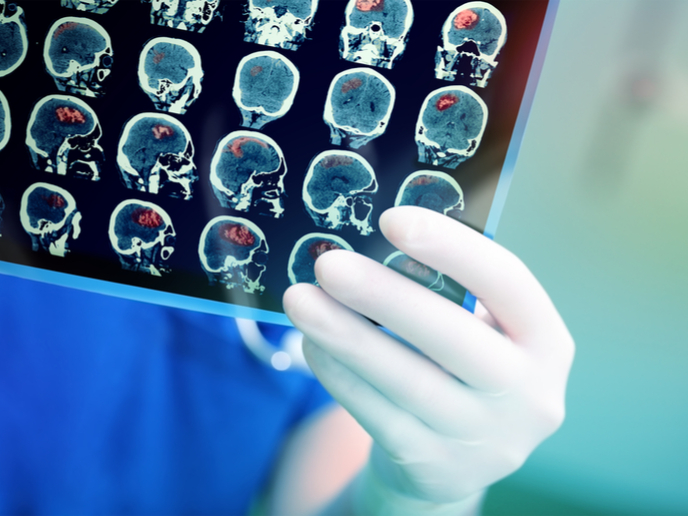New research highlights biological similarities between psychiatric and neurodegenerative disorders
Patients suffering from schizophrenia, major depression or Alzheimer’s disease share more in common than the neuropsychiatric nature of their condition. First, despite 50 years of drug research and discovery, treatment for each of these three disorders still involves the use of over 100 compounds in empirically chosen concentrations. In most cases, this results in poor efficacy and causes tolerability issues. The second point of convergence is, unlike the former, a source of hope. It is the recent understanding from the field of aetiological research that there is more of an overlap between psychiatric and neurodegenerative disorders than previously thought. This – along with the deceleration of treatment innovation over the past decades – calls for a paradigm shift in the drug discovery process. One that would move away from a classification of disorders that largely disregards the underlying neurobiology giving rise to symptoms. Quantifying neuropsychiatric diseases PRISM (Psychiatric Ratings using Intermediate Stratified Markers) is pioneering in this regard. By developing a quantitative biological approach to the understanding and classification of neuropsychiatric diseases, the project aims to develop a new framework that would help physicians better inform their patients of the complexity and the optimal management of their illness. But most importantly, it has the potential to accelerate the discovery and development of better treatments. “The main difficulty in the construction of such biologically-valid diagnoses is the lack of objective biomarkers,” says Dr Martien Kas, Professor of Behavioural Neuroscience at the University of Groningen and PRISM co-project coordinator. “Moreover, the disconnect between diagnosis and underlying aetiology has also created difficulties in aetiological research. Without clear mechanistic hypotheses, the generation of appropriate disease models and development of targeted treatments are made very difficult.” PRISM has collected large phenotypic datasets to better understand the pathophysiological relationships underlying biologically-meaningful patient subgroups. The consortium notably conducted a preliminary clustering analysis of behavioural profiles, using passively collected smartphone app data. The latter revealed three distinct social profiles, but surprisingly, each of these profiles included healthy controls as well as schizophrenia and Alzheimer’s disease patients. There was some overlap between patient groups. “These new clusters clearly do not equate to existing diagnostic-based categorisation of patients. Ongoing studies are now adding in additional detail (e.g. neuro-imaging) from other components of the study. This emerging quantitative framework will both offer new ways to classify individuals and also offer insights into the biological mechanisms underlying these profiles,” says Dr Marston, PRISM’s second co-project coordinator on behalf of Eli Lilly and Company. Next steps for PRISM The PRISM consortium will keep analysing their datasets over the coming months, as well as collect new data with two future research activities in mind: replicating their initial clinical findings on new patient cohorts, and investigating the neurobiological mechanisms underlying these patient clusters. Drs Kas and Marston are hopeful that PRISM’s novel approach will contribute to the acceleration of new treatment development, with improved efficacy and new mechanisms with more accurate assignment to the optimal patient. “We aim to facilitate improved solutions to the growing public health challenges of psychiatry and neurology,” they conclude.
Keywords
PRISM, neurodegenerative, Alzheimer’s disease, major depression, schizophrenia, aetiology, neurobiology, neuropsychiatric, biomarkers



